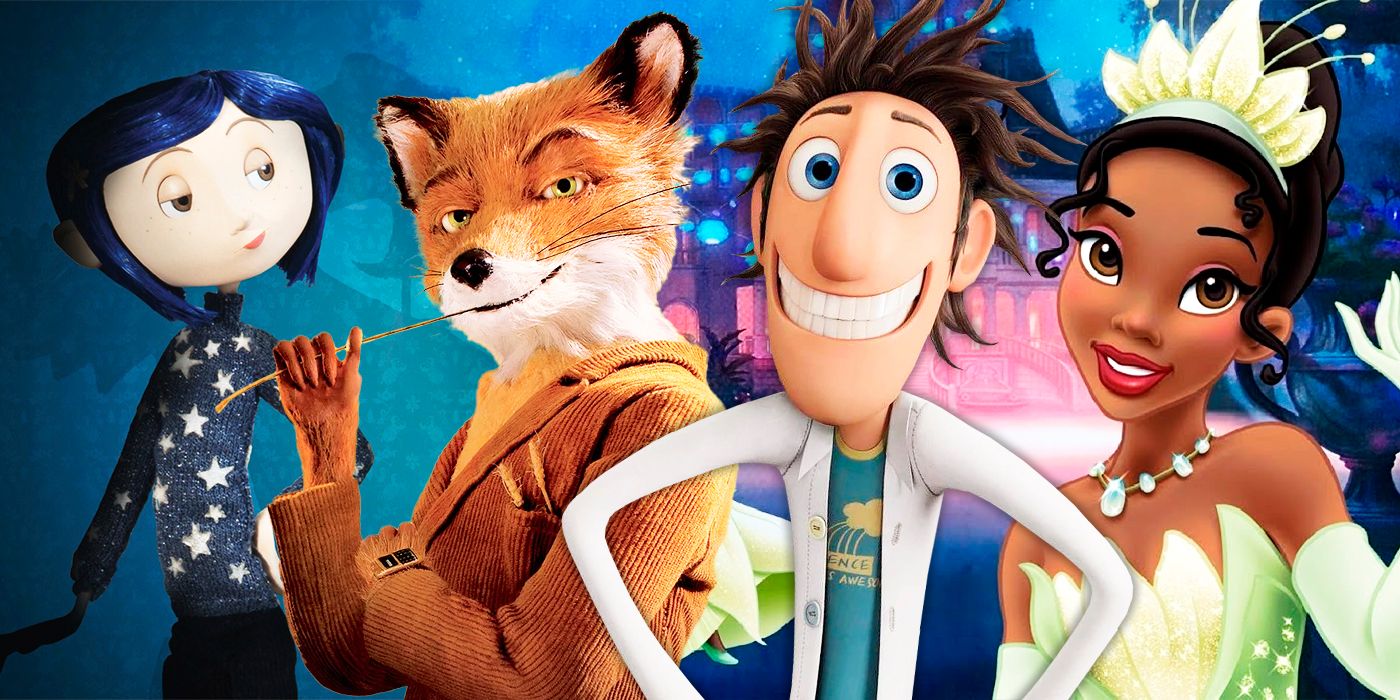
The 2000s marked a significant shift for the world of cinema, particularly animation. The introduction of the Best Animated Feature category at the 2002 Oscars legitimized animation as a powerful element in the diverse landscape of film. Major studios such as Disney, Pixar, and Dreamworks set new standards for how animation was perceived within the industry, paving the way for current powerhouses like Illumination and Sony Pictures Animation. Given that each studio boasts unique creative and executive teams, it’s only logical that their annual output would encompass a wide range of genres, styles, and qualities. Over time, animation has continued to evolve, with surprising contenders for the Best Animated Feature award no longer limited to the initial trio of Disney, Pixar, and Dreamworks.
2009 was a groundbreaking year for animation, as it witnessed the arrival of no less than four outstanding films that didn’t just impress with their content, but also paved the way for a new era in animation and storytelling. This significant development is clearly reflected in the works that followed.
The Princess and the Frog was Disney’s Last 2D Animated Musical Princess Film
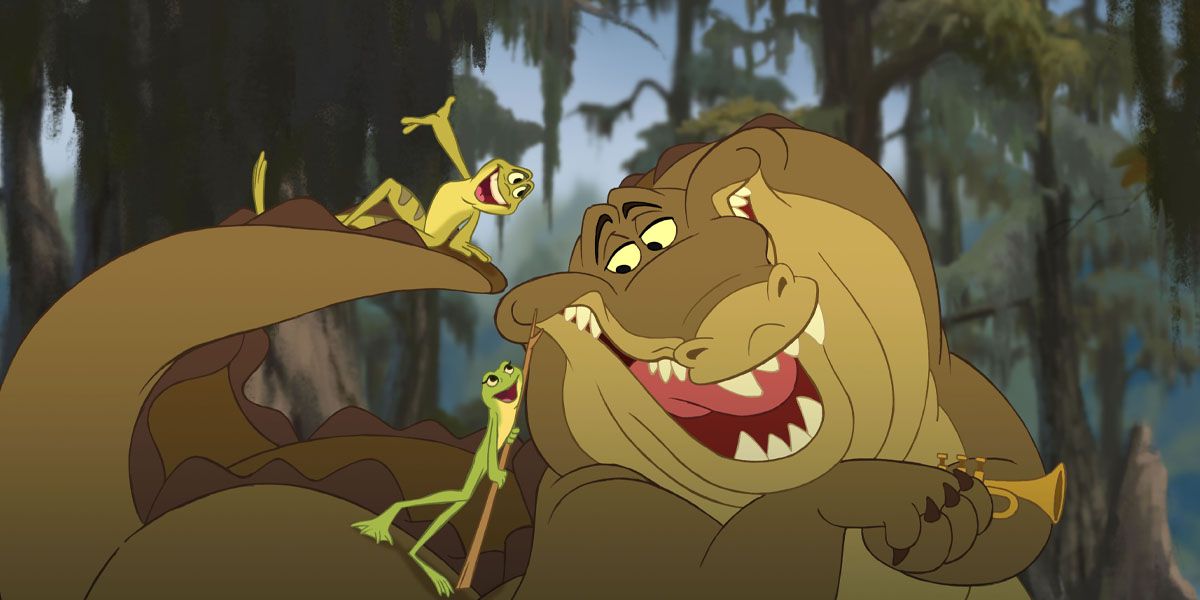
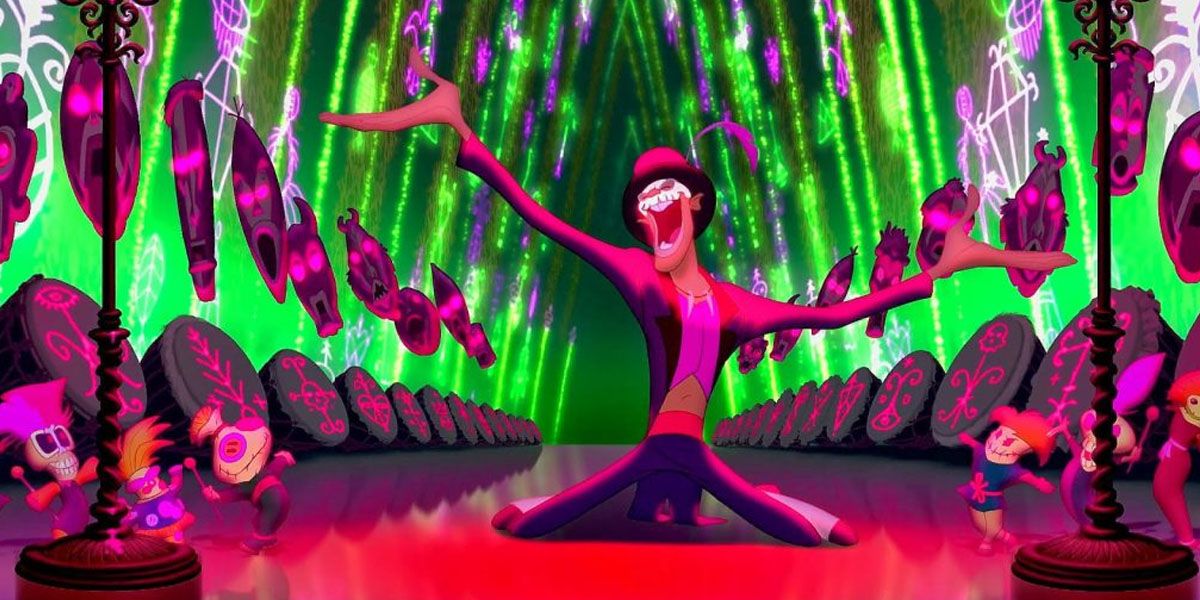
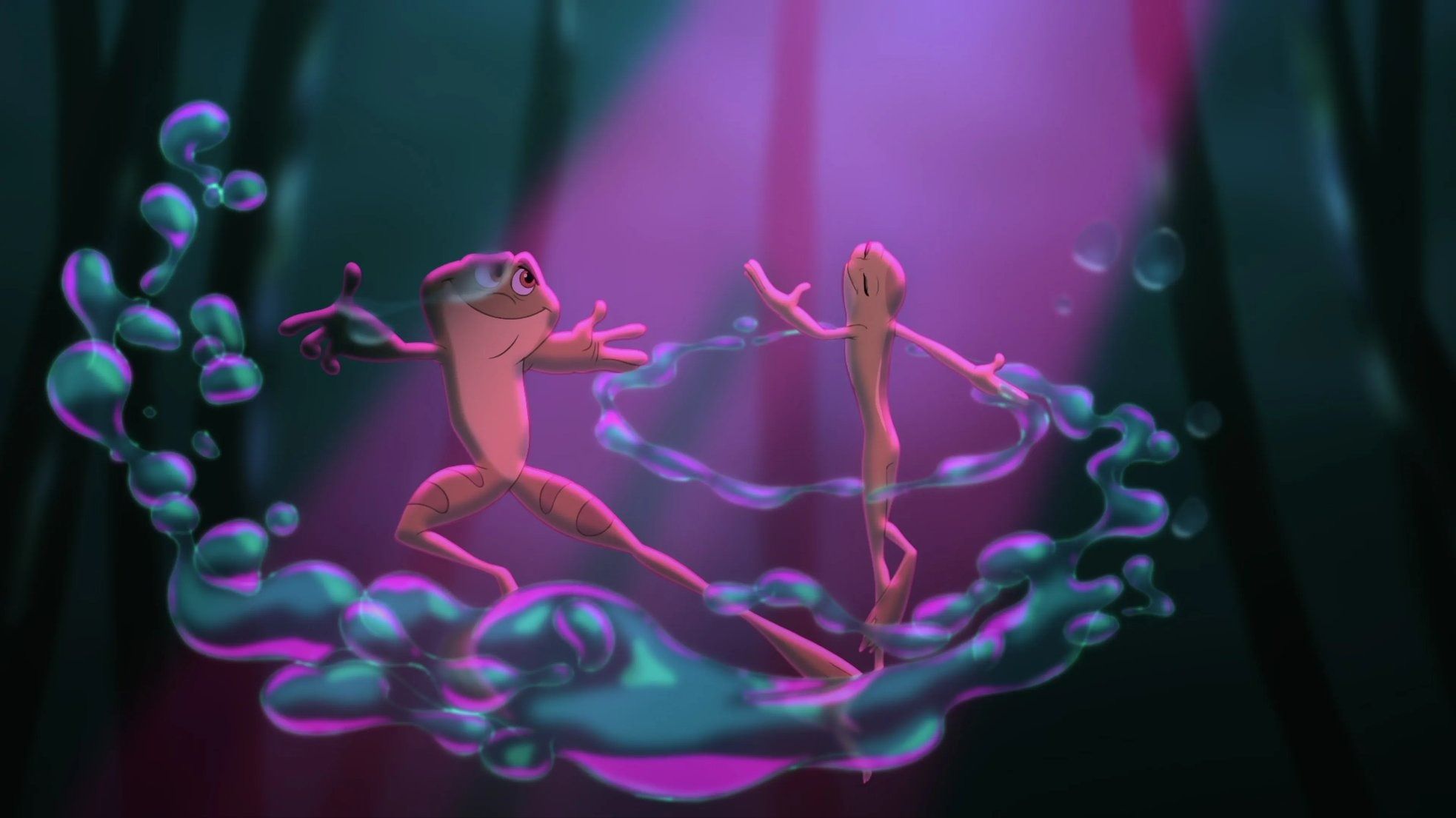
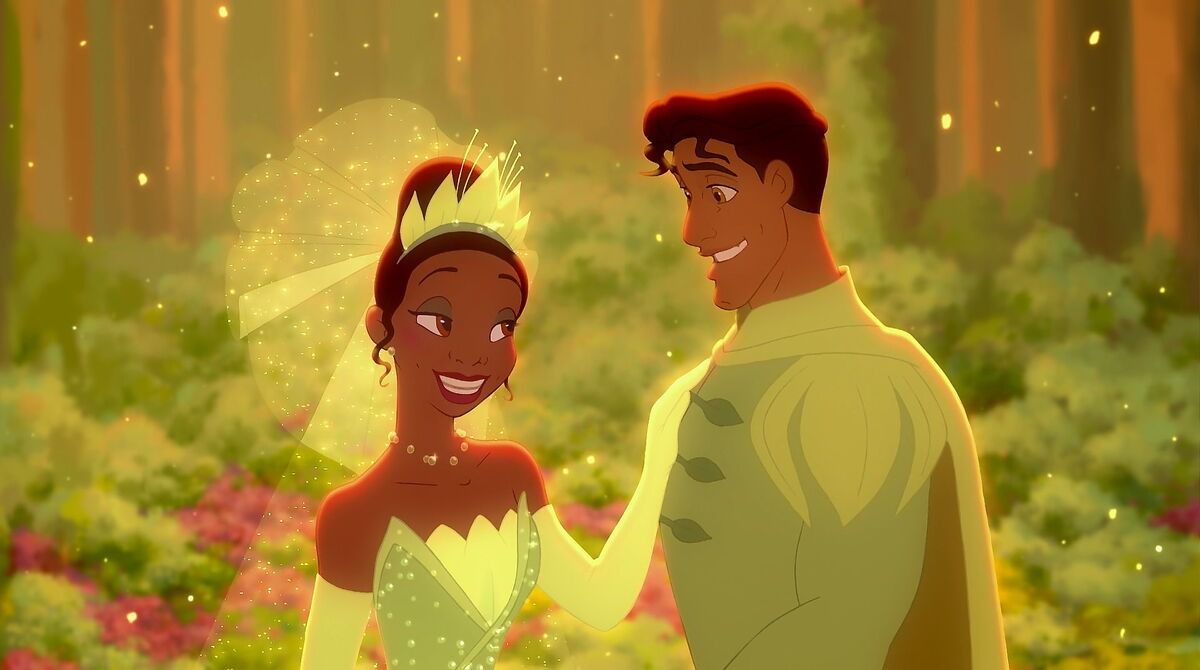
Disney has significantly molded the US animation sector since its inception over a hundred years ago. By 2009, it had churned out numerous acclaimed films that left an indelible impact not only on animation but also on pop culture. Iconic movies like The Lion King, The Little Mermaid, and Cinderella have become ubiquitous, often being referenced in various media forms. While Disney was primarily associated with 2D animation, it had already started exploring CGI, integrating it into productions such as Dinosaur and Treasure Planet. In 2010, they unveiled their first fully CGI film, Tangled, setting a new standard for future animated movies. The Princess and the Frog in 2009 signified the end of an era as Tiana was the last 2D-animated princess Disney produced.
Despite being a significant departure for Disney, the movie retained several classic Disney themes that had earned the studio its initial recognition. It ingeniously combined elements of musical theater with New Orleans jazz and other popular music styles rooted in Black culture.
Tiana was the first Black princess in the Disney canon, and the film boasted a predominantly Black cast, reflecting Disney’s commitment to incorporating more diversity within their productions. The movie’s music, storytelling, and even the introduction of another menacing villain all embodied the quintessential Disney style, with many considering The Princess and the Frog as equal in quality to numerous Disney Renaissance films.
Financially and critically successful upon release, the film is now widely regarded as one of Disney’s best recent productions, standing tall among their most esteemed works.
Coraline Was the First Film From the Stop-Motion Studio LAIKA
Established in 2005 by Travis Knight, LAIKA aimed to stand out as a one-of-a-kind studio dedicated to creating captivating narratives through the medium of stop-motion animation. For its inaugural project, LAIKA crafted an artistic blend of fantasy and horror, drawing inspiration from Neil Gaiman’s chilling children’s novel, ‘Coraline’. Although horror is typically not synonymous with children’s media, the film’s vibrant colors, distinctive voice acting, and eerie visuals created a visceral experience that was both unsettling and fitting for older audiences. The film garnered both financial and critical acclaim, earning over $125 million globally on a production budget of $60 million, and scoring 91% on Rotten Tomatoes and 7.8/10 on IMDb.
The movie not only sparked interest in LAIKA but also renewed public fascination and admiration for stop-motion animation. Directed by Henry Selick, who is famously recognized for the culturally iconic films such as The Nightmare Before Christmas with its horror elements and James and the Giant Peach, based on a beloved children’s book, this production was a result of Selick’s direction and writing, Neil Gaiman’s intriguing source material, and the creativity of LAIKA’s skilled animators. This masterpiece has become an undisputed classic, particularly popular during Halloween season.
After creating “Coraline”, LAIKA has continued to produce films such as “ParaNorman”, “Kubo and the Two Strings”, “The Boxtrolls” and “Missing Link”. While none of these have achieved the same level of success as “Coraline”, they are all remarkable demonstrations of LAIKA’s exceptional skills in stop-motion animation.
Fantastic Mr. Fox Was Wes Anderson’s First Animated Feature
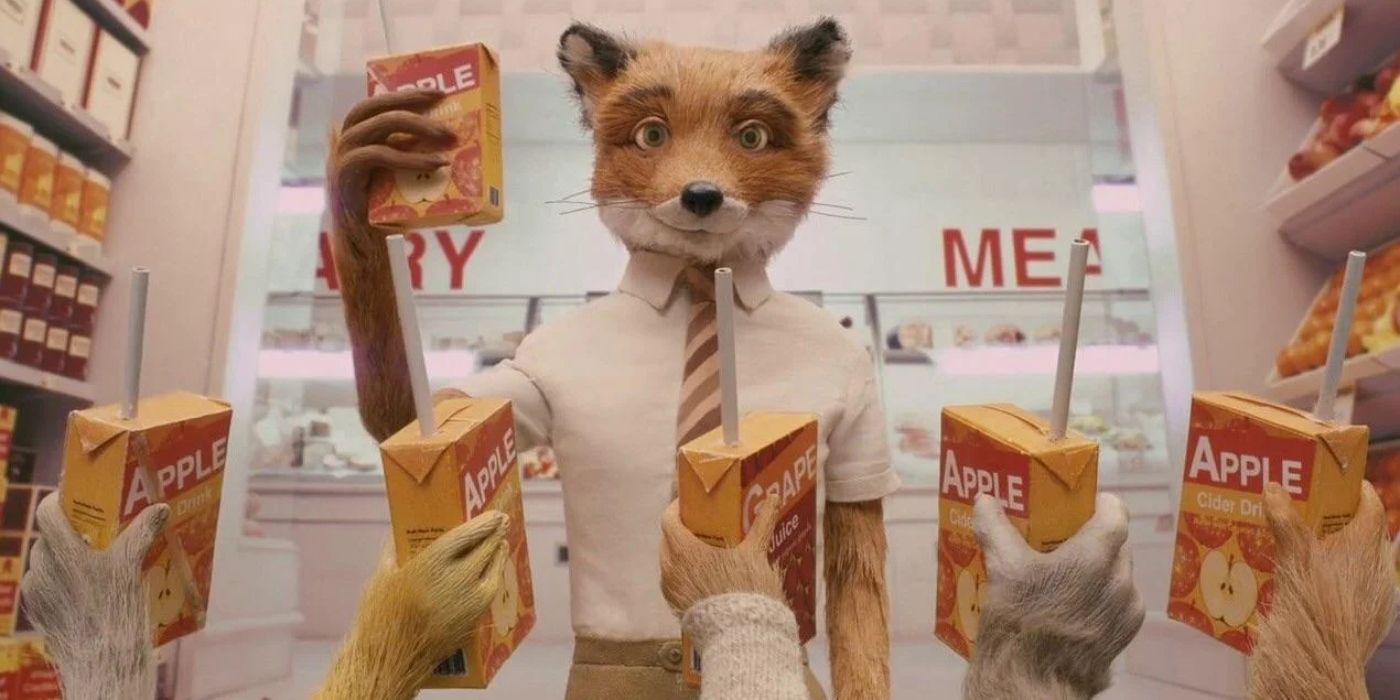
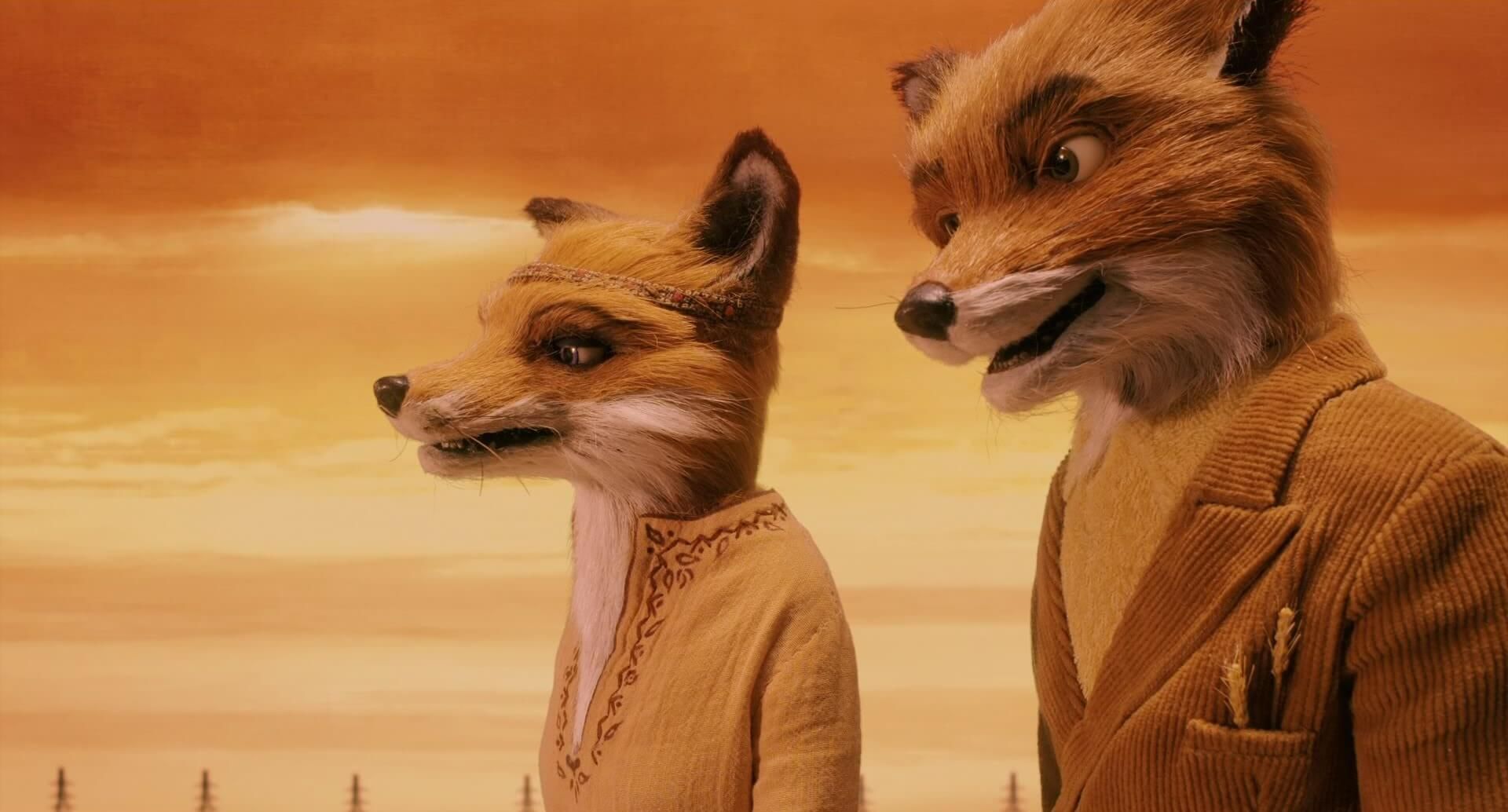
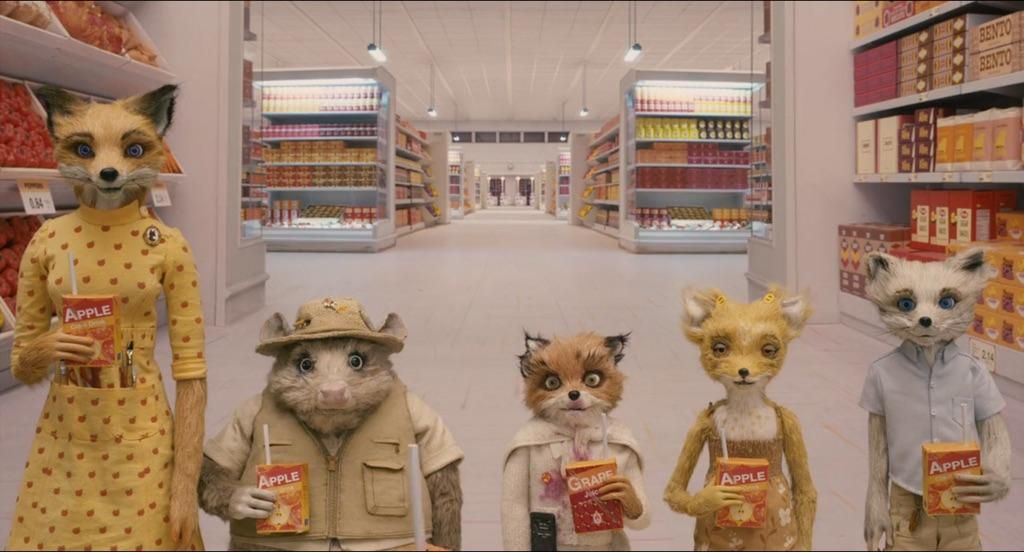
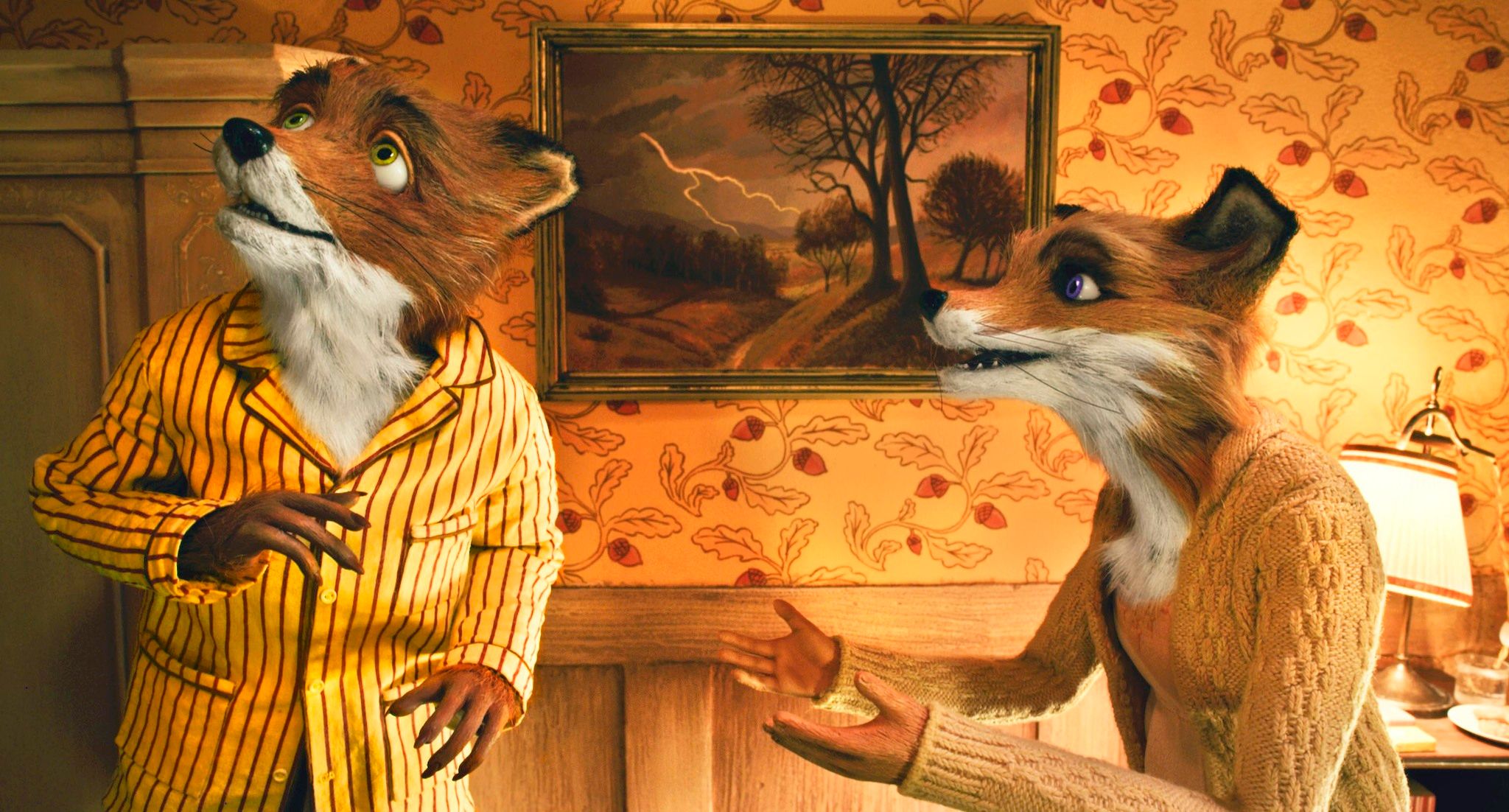
2009 marked a significant milestone for Wes Anderson, as it saw the release of his inaugural animated film, Fantastic Mr. Fox. This production seamlessly reflected Anderson’s unique style, demonstrating his ability to adapt his artistic flair to the realm of animation. The star-studded cast, featuring George Clooney, Meryl Streep, Jason Schwartzman, Bill Murray, Willem Dafoe, and Owen Wilson, among others, further enhanced the film’s appeal.
The movie skillfully blends stop-motion animation, which suits Anderson’s style perfectly, resulting in an immersive experience for both children and adults. Some might have doubted whether Anderson could bring his unique touch to an animated film, but the reception for Fantastic Mr. Fox was overwhelmingly positive. Josh Horowitz from MTV even called it “evidence that Pixar doesn’t hold the sole key to heartwarming and humorous animation.
10 years after Anderson’s initial success in the genre, he decided to persist with his work in animation by producing another stop-motion film titled “Isle of Dogs“, released in 2018. Despite live-action films dominating the award scene, it was heartening to see him prove that animation holds immense power and serves as a potent reminder that, as Guillermo del Toro, another stop-motion director, puts it, “Animation is cinema.
Cloudy With a Chance of Meatballs Was the Directorial Debut of Phil Lord and Chris Miller
Before their breakthrough with critically acclaimed and commercially successful films like “Arthur Christmas” and “The Mitchells vs the Machines,” Sony Pictures Animation was not widely recognized for its work, despite the moderate success of “Surf’s Up.” Today, it’s hard to remember that one of their earlier productions, often regarded as a hidden gem, is “Open Season.
Cloudy With a Chance of Meatballs was one of the initial signs of Sony Pictures Animation’s growing influence in the animation industry, as it managed to perform well at the box office and receive generally positive reviews. The film showcases a vibrant animation style, combined with funny performances from Bill Hader, Andy Samberg, and Anna Faris. It also presents an imaginative concept that allows for creative exploration in various scenes. Notably, this was the first project directed by Phil Lord and Chris Miller as a team.
Initially meeting at Dartmouth College, these two creative minds came together to produce the beloved animated series Clone High for MTV. Despite being short-lived, this series continues to be cherished by fans of adult animation. A few years down the line, they got their first chance to direct an animated feature film, which marked the beginning of a distinguished career for them.
Fast forward 10 years from the release of Cloudy With a Chance of Meatballs, Lord and Miller had already accumulated an impressive portfolio, solidifying their status as a formidable duo in the entertainment industry, particularly in animation.
They are responsible for Sony’s most successful ventures, including Spider-Man: Into the Spider-Verse and its sequel, Spider-Man: Across the Spider-Verse, as well as the much-anticipated Spider-Man: Beyond the Spider-Verse. They also produced The Mitchells vs. the Machines. It’s hard to believe that their impact on the animation industry can be traced back as far as 2009, with a film that deserves more acknowledgment than it has received.
From 2009 onwards, animation has flourished significantly, with numerous movies earning recognition for expanding the horizons of this captivating art form. Notably, studios such as Disney, Sony, Pixar, and others have been producing stunning animations. However, unlike in 2009, there seems to be a lack of consistent quality across productions. For instance, in 2018, the film Spider-Man: Into the Spider-Verse won Best Animated Feature, while films like Isle of Dogs, Incredibles 2, and Ralph Breaks the Internet were also nominated. Despite their commercial success and varying critical reception, these films appear to lack the originality found in some of their predecessors, as two of them are sequels that don’t quite match up to the prestigious reputation of their originals.
2009 was truly remarkable in the world of animation, as it became evident that each film released that year played a significant role in shaping the respect animation now commands. The boundaries between live-action and animation have been continually blurred, and there are still many years when most animated films not only provide entertainment but also showcase exceptional filmmaking skills.
However, what makes 2009 stand out is that it seemed to point towards the future, with nearly every animated film released serving as a beacon for where animation was headed in the coming years. In essence, 2009 could be considered a turning point, a launching pad from which many of today’s groundbreaking animated stories originated. As we move into the 2020s, animation enthusiasts are eagerly anticipating the next significant leap forward and the new directions it will take us.
Read More
- Gold Rate Forecast
- tWitch’s Legacy Sparks Family Feud: Mom vs. Widow in Explosive Claims
- OM PREDICTION. OM cryptocurrency
- Oblivion Remastered: The Ultimate Race Guide & Tier List
- Solo Leveling Season 3: What You NEED to Know!
- 25+ Ways to Earn Free Crypto
- The Monkey – REVIEW
- Rachel Zegler Claps Back at Critics While Ignoring Snow White Controversies!
- 3 Jason Statham Movies That Prove He’s The Best Action Star
- Oblivion Remastered: Leveling System, Explained
2025-05-05 02:11